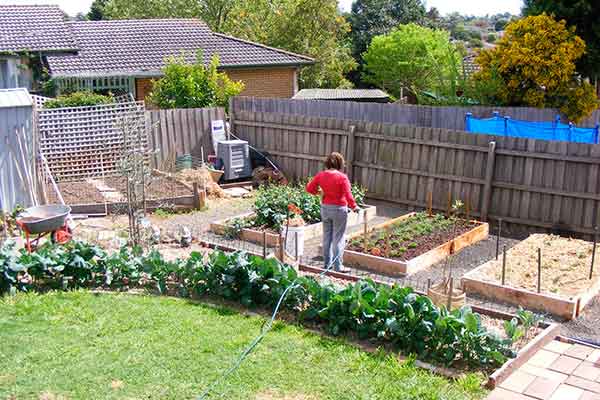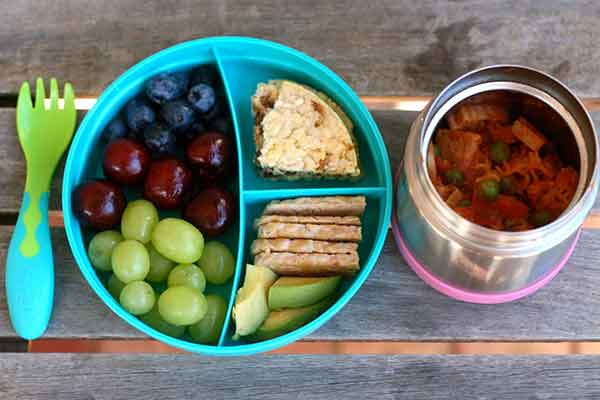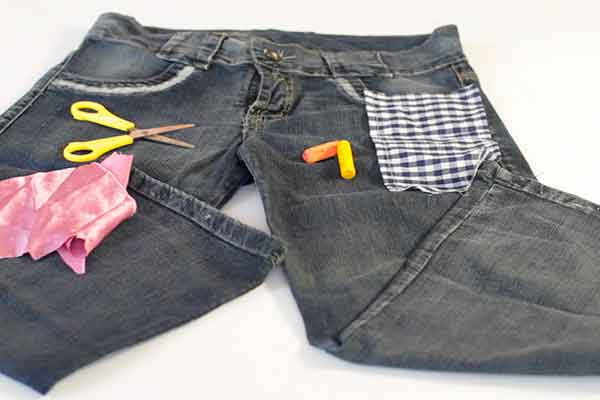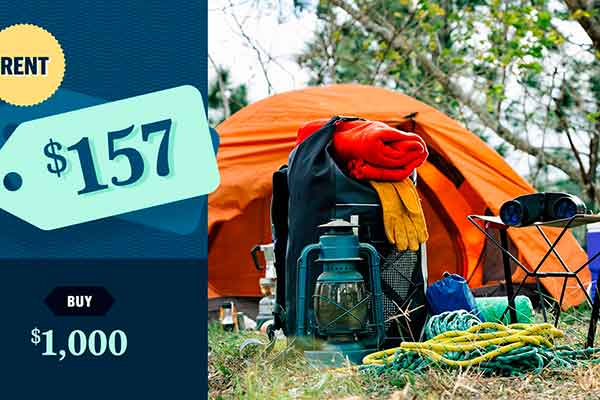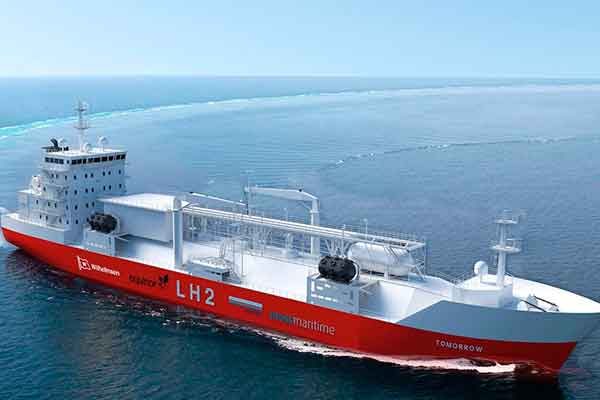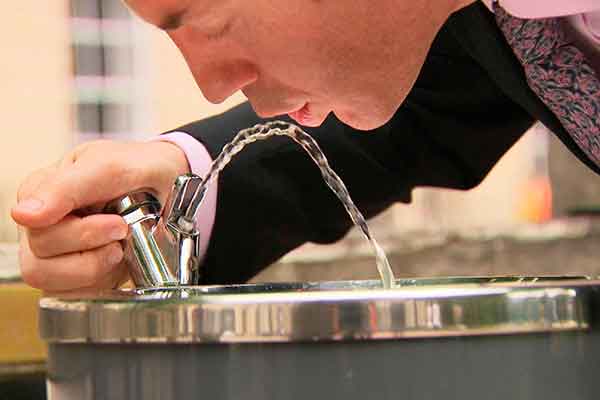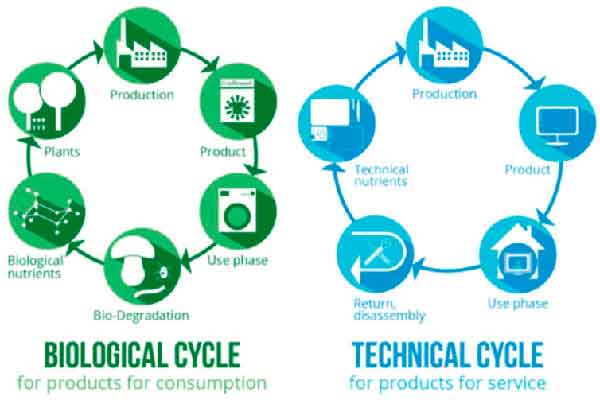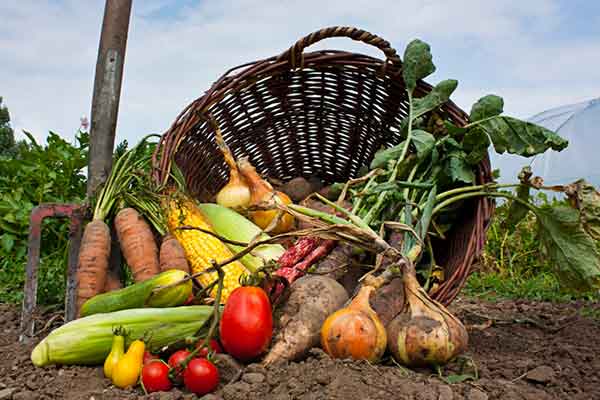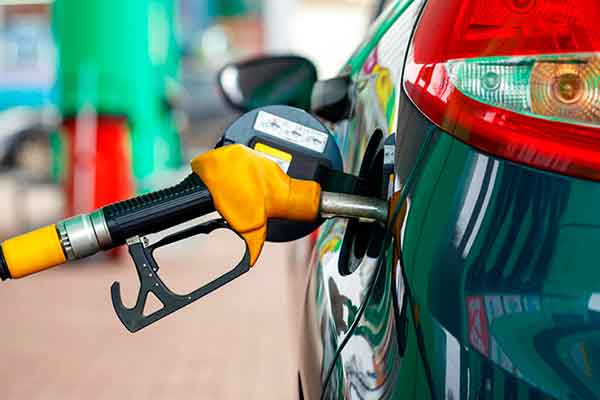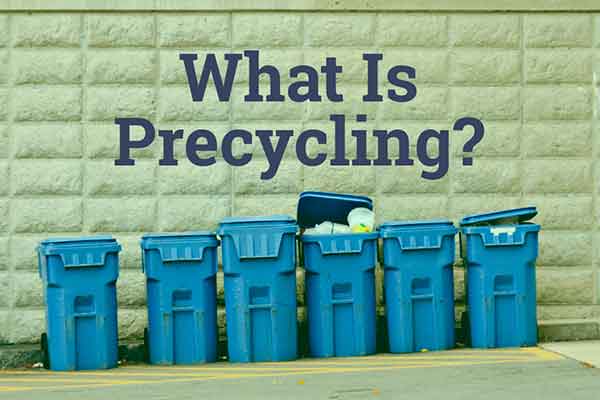 The greatest wrongdoers and the greenest pets
The greatest wrongdoers and the greenest pets Except if you have a pet lion or tiger, at that point your dog is the least green pet out there. The bigger the dog, the greater the wrongdoer, since dog food contains meat. The creatures used to give the meat must be raised ashore and taken care of grain items. They expend vegetation and desert squander.
dog food is handled via computerization, which utilizes non-renewable energy source. The food must be bundled, sent, loaded and sold. dogs eat this food and leave squander that contaminates our condition.
What would we be able to do?
Greenifying your pets relies upon the sort of friends you have at home, and what their needs are. Think about the accompanying tips:
Litter and Bedding
It's ideal to utilize characteristic feline litter. Many Earth-accommodating dirt items are accessible. Amassing feline litter is helpful, yet it contains synthetic concoctions that are terrible for nature and can be harmful to felines whenever ingested.
Feline litter can likewise made with reused papers, sawdust and corncobs. Search for litter and bedding that is biodegradable, so it very well may be mulched rather than tossed in the trash and added to a landfill. Be that as it may, possibly mulch it on the off chance that you have the space, and don't utilize it in the nursery.
Cleaning and Bathing items
Search for nontoxic items with names that utilization the words characteristic, natural and concoction free when cleaning your pets (or tidying up after them). In the event that you take your dog to an on location dog wash office, utilize a biodegradable cleanser or wash item. These items will be better for their skin and won't harm the earth. Good karma attempting to wash your feline!
Food
There are a great deal of modest nourishments available made with creature side-effects that contain additives. These might be filling, yet they are not really beneficial to the pet or the earth. Consider them the pet form of a messy joe.
More advantageous and greener options are available, and there are numerous to browse. Clearly, your pet's wellbeing starts things out. One little change you can make is to buy dog food that contains chicken and bunny meat instead of the meat of huge, touching creatures. A few proprietors even put their dogs on veggie lover consumes less calories, yet converse with your vet about the most advantageous alternative for your specific dog.
Squander
Get your crap, and get others' the point at which they neglect to. It's the neighborly activity, and in numerous spots, it's the law. Additionally, dog waste can be the wellspring of 65 illnesses that can be sent to people. Getting and appropriately discarding waste is a medical problem for everybody. Sack it and convey it until you discover a garbage bin. Make certain to buy biodegradable packs too, since dog waste could spoil forever inside a non-biodegradable plastic sack.
In the event that your dog runs free in an encased yard, burrowing an opening and covering their waste is the most ecologically neighborly activity. Get it far from the nursery and any water spillover.

